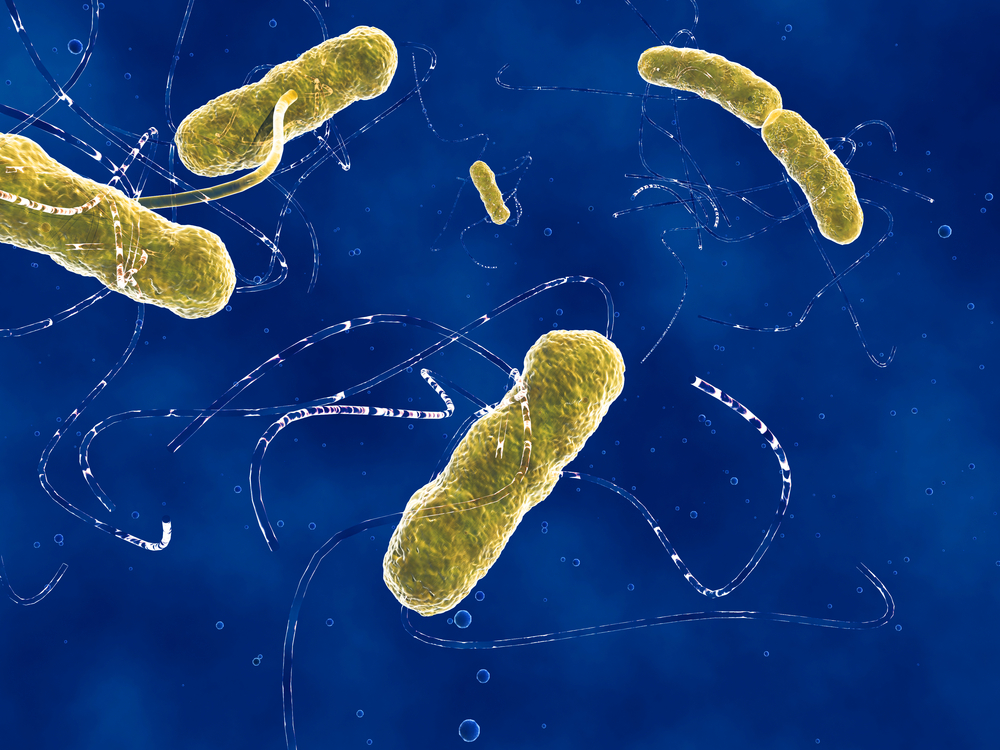Signaling Pathway May Protect Healthly Tissue from Immune Responses
Written by |

 A research team from the University Hospital Hamburg Eppendorf in Germany recently discovered an important pathway that may protect healthy tissue from immune responses. These findings can potentially help doctors provide better treatments for patients with autoimmune conditions such as Lupus.
A research team from the University Hospital Hamburg Eppendorf in Germany recently discovered an important pathway that may protect healthy tissue from immune responses. These findings can potentially help doctors provide better treatments for patients with autoimmune conditions such as Lupus.
The immune system responds to inflammation by over-activation in order to fight the invading organisms, such as cancer cells. However, when highly activated, the immune system can damage surrounding healthy tissues that ultimately can lead to self-destructive autoimmsuppressune responses.
In an attempt to understand the mechanisms that suppress the immune system and avert this collateral damage, a study entitled “Inflammation-Induced IL-6 Functions as a Natural Brake on Macrophages and Limits GN” by Oliver M. Steinmetz, MD and colleagues discovered in mice models of kidney disease that the messenger protein IL-6, a protein that is quickly activated during inflammatory response, reduces the activation of the macrophage cell membranes. The study was recently published in the Journal of the American Society of Nephrology
Based on these findings, the researchers indicated that protection against collateral damage of surrounding healthy tissue during inflammation relies on the IL-6 receptors bound on macrophage cell membranes.
The research team highlighted that the high levels of IL-6 during inflammation and macrophages are involved in various disease pathogenesis, “We believe that the mechanism we have described might be more general in nature and extends to various other immune mediated diseases,” said Dr. Steinmetz in a recent press release. “Our observations are of great clinical importance since IL-6-directed therapies are increasingly being used or studied to treat various human autoimmune conditions such as rheumatoid arthritis and systemic lupus erythematosus.”
In an editorial, Alan Salama, PhD, MRCP (University College London Centre for Nephrology, in the UK) and Mark Little, FRCP, PhD (Tallaght Hospital, in Ireland) noted in the press release that the study presents “compelling data” using “elegant experiments.” The authors conclude by noting that the role of IL-6 “extends well beyond the immune system and the kidney, with high levels of expression in atherosclerotic plaques and elevated serum levels being associated with increased coronary artery disease and morbidity from hypertension, left ventricular hypertrophy, and development of insulin resistance.”




